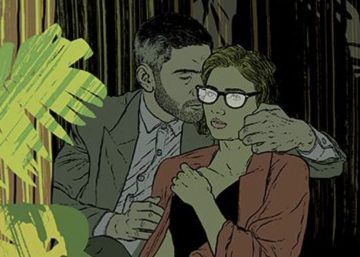Charles King in the Chronicle of Higher Education:
 A living room in Grantwood, N.J., has a good claim to being the birthplace, in the late 1920s and early 1930s, of a new science of humankind. Amid the demands of advising and fund-raising, the chair of the Columbia University anthropology department, Franz Boas, had decided to host regular Tuesday evening seminars at his suburban home. His students, passing plates of oatmeal cookies, were elaborating a way of seeing the world. They called it cultural relativity. Their essential finding was that societies did not come rank-ordered as civilized or primitive, moral or deviant. Each culture was only a sampling taken from the vast inventory of possible human beliefs and practices.
A living room in Grantwood, N.J., has a good claim to being the birthplace, in the late 1920s and early 1930s, of a new science of humankind. Amid the demands of advising and fund-raising, the chair of the Columbia University anthropology department, Franz Boas, had decided to host regular Tuesday evening seminars at his suburban home. His students, passing plates of oatmeal cookies, were elaborating a way of seeing the world. They called it cultural relativity. Their essential finding was that societies did not come rank-ordered as civilized or primitive, moral or deviant. Each culture was only a sampling taken from the vast inventory of possible human beliefs and practices.
Graduate students, established scholars, and visiting academics exchanged reports from the field. Ruth Benedict, a junior professor, had been recasting her earlier work on the American Southwest and editing articles for the Journal of American Folklore. Most of a recent issue had been taken up with a hundred-page study of folk religion on the Gulf Coast, written by the Boas student — and sometime novelist — Zora Neale Hurston. Margaret Mead, another of Boas’s advisees, was going through the field notes on the Omaha nation that she had compiled with her husband, Reo Fortune. Her Coming of Age in Samoa, a publishing phenomenon when it appeared in 1928, was still selling briskly in Manhattan bookshops.
The venerable Bronislaw Malinowski, one of the founders of modern fieldwork methods, would occasionally make an appearance on a visit from London, perhaps angling for a job were Boas ever to vacate his professorship.
More here.
